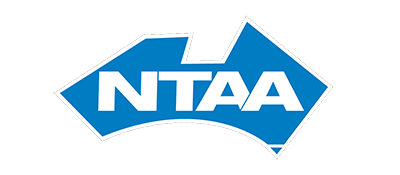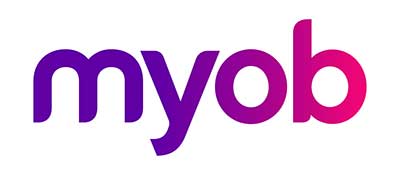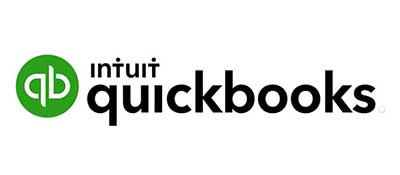Most businesses are trying to grow. When any business grows, at some point it will outgrow its current capacity and will need to either outsource some things or employ people to handle the additional workload (or both!). Employees can be both a blessing and a curse. A good team is invaluable, yet a poorly performing team can have disastrous impacts on the business. Unlike most elements of a business, staff are complex creatures. As people, we all have different skills, work ethics, interests and fears. We all stuff things up, and we all react differently to adversity. Since the dawn of employment, management has been trying to figure out how to get the best out of their teams. This article will look at some different types of employment incentives, and how to best apply them to get the most out of your team.
Different types of employee rewards
There are broadly two types of reward categories available to any employer:
- Cash-based, e.g.
- Bonuses – payment of periodic amounts (on top of wages).
- Production targets – payment of a specified amount when certain production targets are met. E.g. each employee will receive $500 next month if the business produces > 1,000 units of something.
- Gainsharing – dividing a portion of the profits if the business achieves a specified target. E.g. the business will share 50% of excess profits amongst staff for every $1 over $100K profit p.a.
- Non-cash based, e.g.
- Flexible working conditions – providing special privileges for staff who perform well. E.g. letting a valuable staff member work from home 4 days per week. Or allowing them to leave early on certain days to pick up their kids from school.
- Training programs – providing training (either externally or in-house) to allow valued employees to develop their skills and increase their career opportunities.
- Tangible recognition – identifying and praising good work by a staff member. This can be public (e.g. verbal praise at a team meeting) or private (e.g. personal notes or emails).
- Rostered days off for highly performing staff.
- Staff morale days – taking time out of normal work to do something fun/collaborative. This could be external (e.g. going ten-pin bowling) or internal (everyone cooks something and shares a meal).
- Offer time-off for staff to participate in volunteer work.
3 keys to any successful rewards program
- Make sure the reward benefits the business – this may seem like a no brainer, but there’s no point rewarding an employee if there’s no underlying benefit to the business. This benefit could be financial, such as if the employee played a crucial part in securing a new client which will increase profit. But it could also be non-financial, such as if the employee went above and beyond in training other staff to do their jobs better. It could also be something that built a relationship with customers or suppliers which will impact the business positively down the line. Employees should be motivated and rewarded for things that actually improve the business.
- Make sure the employees want the reward – it’s very easy to come up with a rewards system that an employee doesn’t care about. E.g. in my employment days, one of my employers would provide a small cash profit share if the business exceeded a certain profit each year. The cash amount wasn’t huge, and cash wasn’t something that I craved. As a result, my behaviour wasn’t impacted positively at all due to the reward scheme (I still tried my best!).
- Make sure the employees can influence the result – it’s all good to come up with a rewards system which benefits the business, but if employees don’t have the ability to influence the outcome, their motivation won’t increase. E.g. when I was employed, most reward systems were tied to profit. There’s nothing inherently wrong with that, however my role at the time didn’t involve sourcing clients or the quoting/invoicing function, so I really had very little control over whether that result was achieved or not. As a result, my motivation didn’t increase at all.
There’s no one size fits all approach
A common mistake made by employers trying to motivate their staff is that they offer the same reward systems to all their staff. As I alluded to earlier, we’re all different. We all have different strengths, weaknesses, capacities and interests. E.g. for some staff, a cash bonus will be highly attractive. For some staff, having a team lunch where they can chat to other staff in an informal setting will be highly attractive. For some staff, playing golf with the boss once a month during work hours will be highly attractive.
The best rewards systems are designed to get relevant employees to consistently act in the business’ best interests. As a result, that means employers don’t have to offer the same things to all staff. Employers also don’t have to reward their employees equally (they should be discreet if providing disproportionate rewards). For me, during my employment days, I wasn’t financially motivated but I was (and still am!) time-poor. I would have loved a day off every month if we achieved budgeted revenue. But like I said, we’re all different. The key, and challenge, to any successful employee rewards system is to know what makes your employees tick.
Be creative
Although I’ve outlined a number of potential employee rewards in this article, the reality is that you’re only limited by your imagination. Be creative! You’re better off trying something that doesn’t work out than never trying anything at all. Dealing with employees can be really difficult at times. But star employees can have a hugely positive impact on the business they’re working in. One challenge of any business owner is to find, develop and retain as many star employees as possible. Carefully designed reward systems can be a great part of this process.








